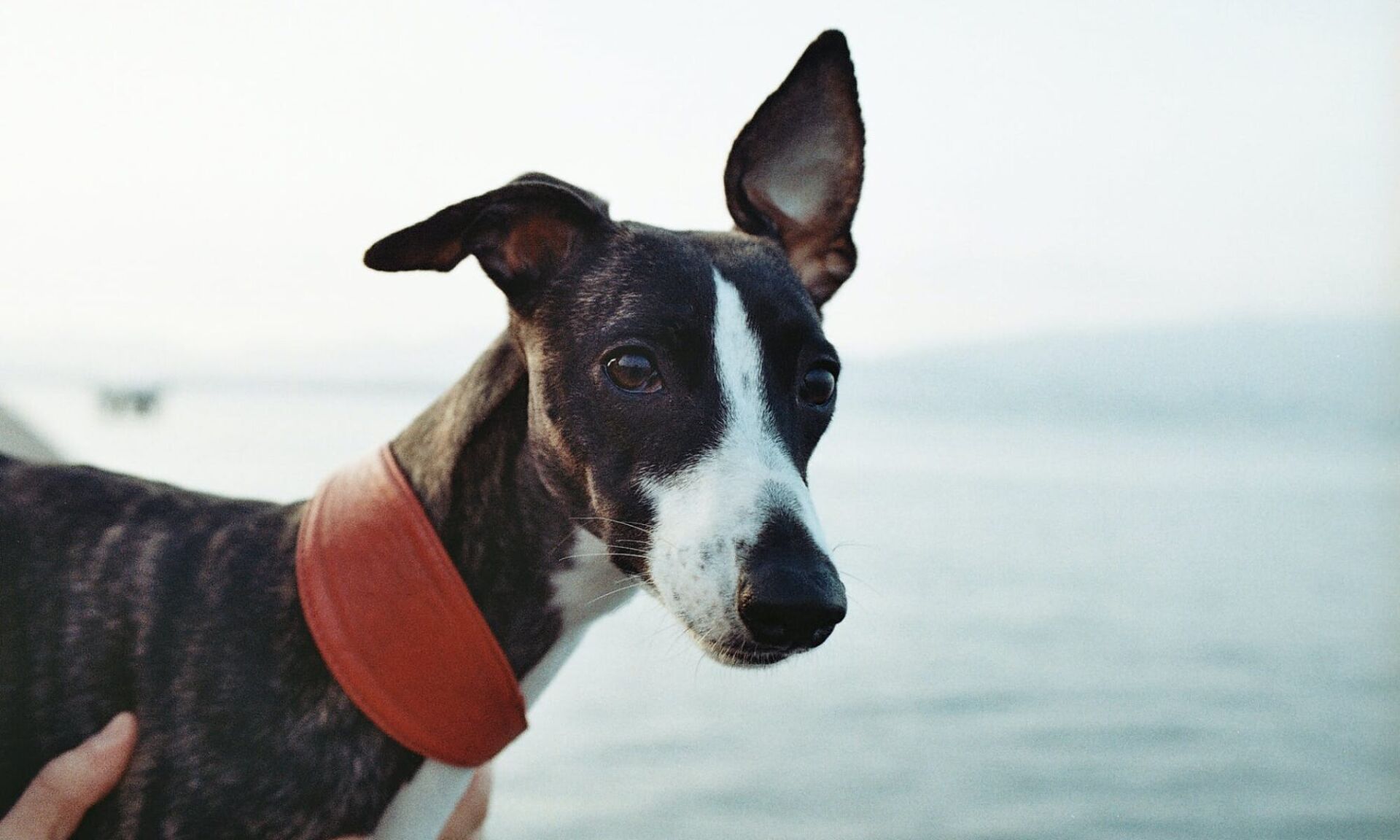As summer starts to heat up, here are some ideas and tips for making it a safe, cool AND FUN summer for you and your dog. Dogs and cats cannot sweat to cool off in the same way that humans do. Most of their heat dissipation is done through their paw pad and panting.
Don’t Leave your Dog in the Car
Leave your dog at home if you have to run errands, go to an appointment, grab groceries, pick up the kids, etc. The inside of a car heats up very quickly, even on a moderately cool day. Leaving the windows open doesn’t have a noticeable effect on the temperature inside the car. Even if you are in the car with the AC running, a dog in the cargo area can overheat quickly.
Car Temperatures

What if I have to Travel with my Dog?
Plastic and fabric crates are not well-ventilated. If you do have to travel with your dog, use a wire crate or a good seat belt system. Other items to think about purchasing are a crate fan and a cooling mat. You can also put several bottles of frozen water around the inside of the crate to help keep bedding cool. Be sure that your dog has unlimited access to cool water.
Can I Shave my Dog’s Coat to Keep Him Cool?
That depends on the type of coat your dog has …
With single-coated breeds like Poodles or Maltese, it is perfectly fine to give him a short summer cut.
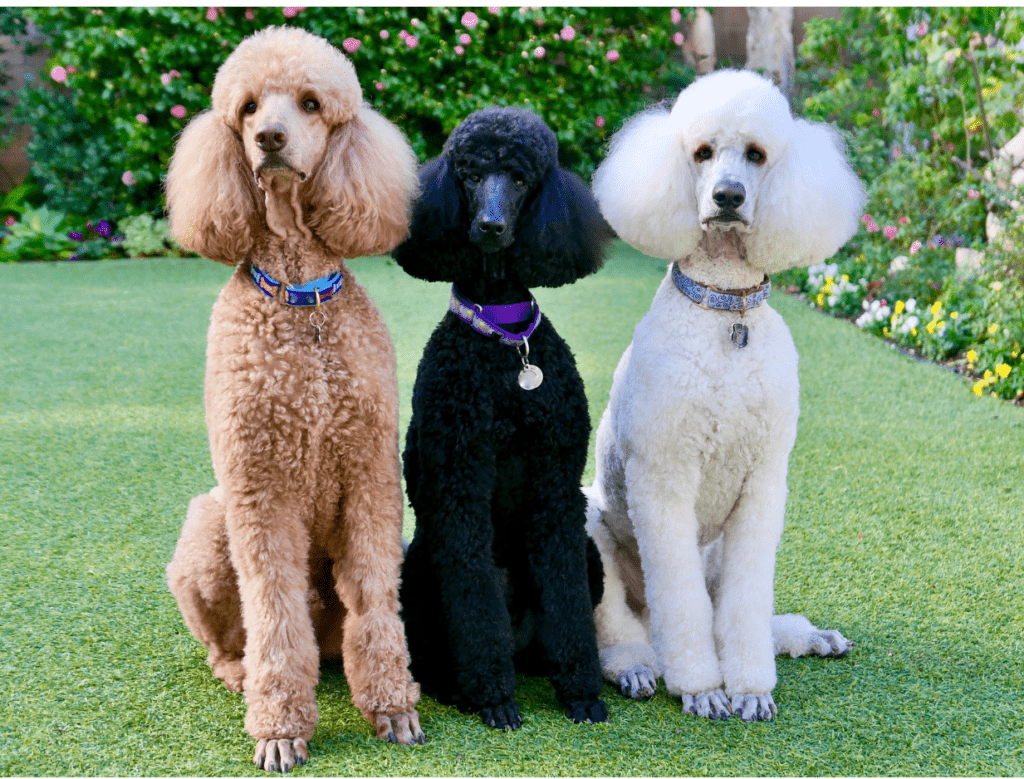
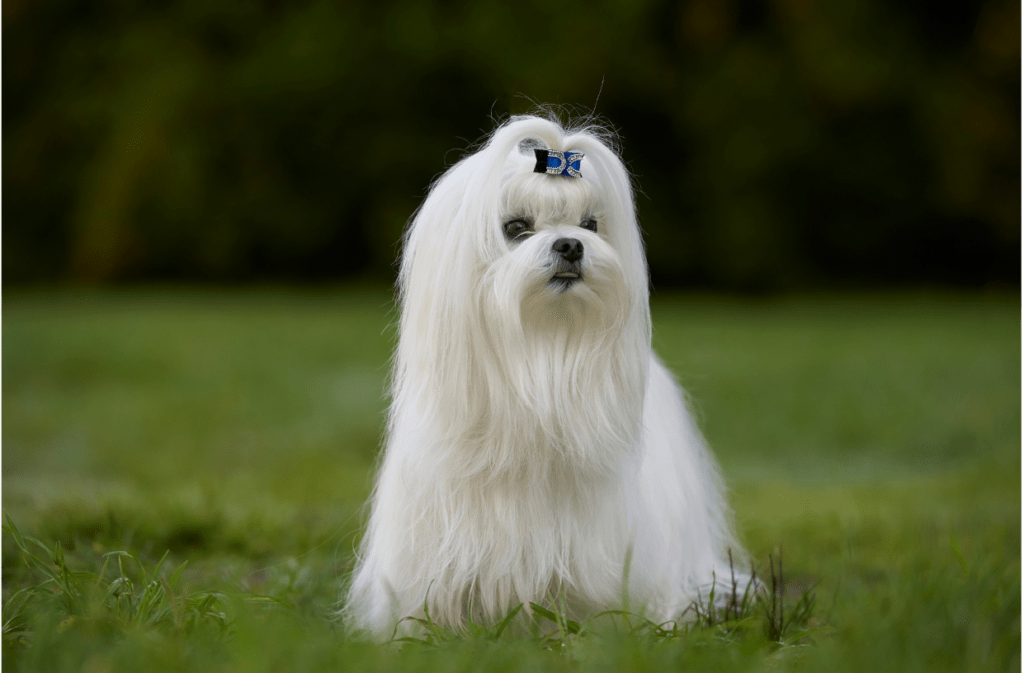
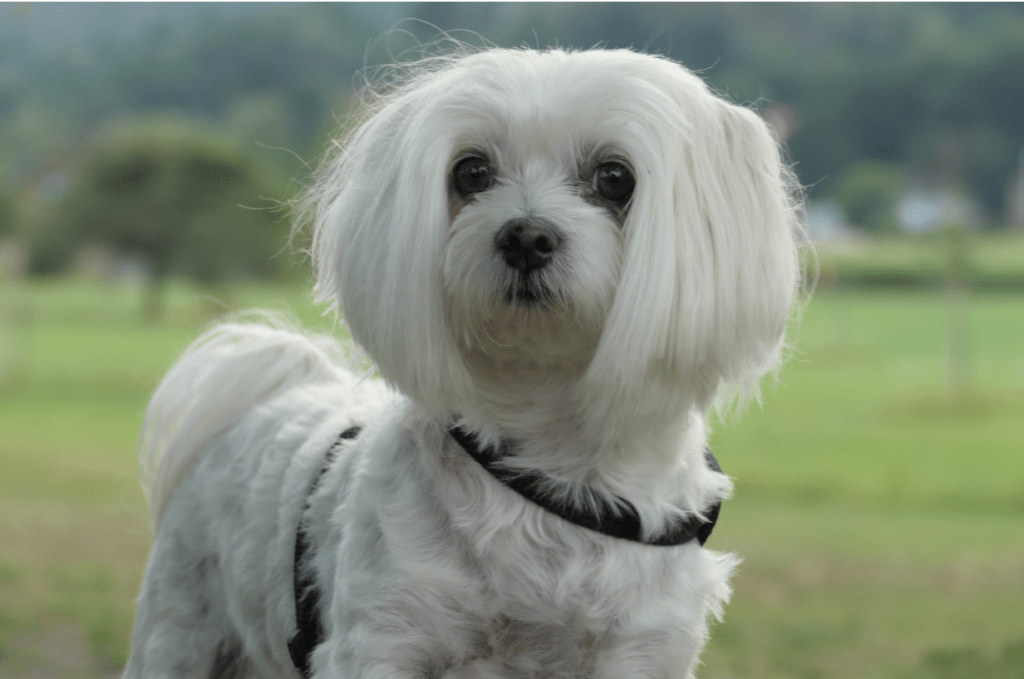
Double-coated breeds like Shepherds, Huskies or Pomeranians can benefit from trimming in selected areas. However, it is recommended not to shave the coat. These dogs have an outer coat of stiffer guard hairs that cover a downy undercoat. The layers work together as insulation to help the dog control his internal temperature during every season. In addition, the coat helps protect against bug bites. The two layers grow at different rates and shaving can cause irreparable damage. Plus, it greatly hampers their ability to cool themselves. These dogs should be brushed frequently to remove excess hair, but not shaved.


What about doodles? These dogs can have complicated coats and it is best to consult with a groomer as soon as you get your pup so that you know how to take care of your dog’s coat. Many of these dogs end up getting a full body shave due to matting. If you are knowledgable about grooming, this Groom your Doodle at Home may be for you.
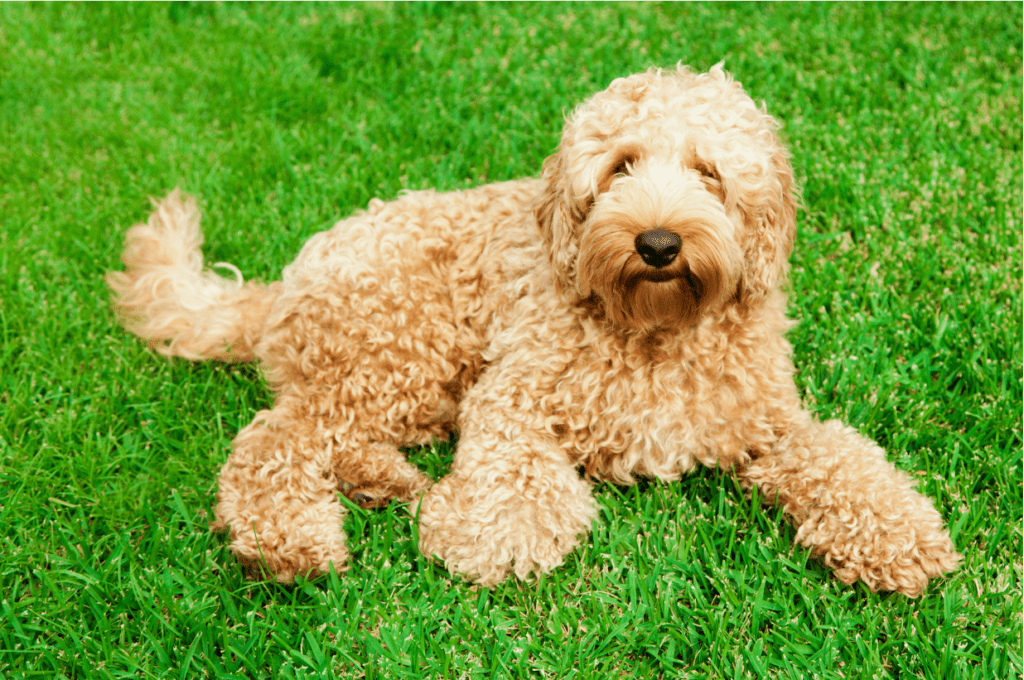
Adjust Where and When to Walk your Dog
Sidewalks and streets become exceedingly hot during the summer resulting in severe paw burns.
- Use the Seven-Second Rule. If the sidewalk or asphalt is too hot to lay the back of your hand on it for seven seconds, it is too hot for your dog’s paws.
- Change walk locations. Walk in the grass, in fields or in the woods. If necessary, drive to a good location for your walk.
- Shift timing of walks. Walk early in the morning or late in the evening when the ground is cooler.
Surface Temperatures
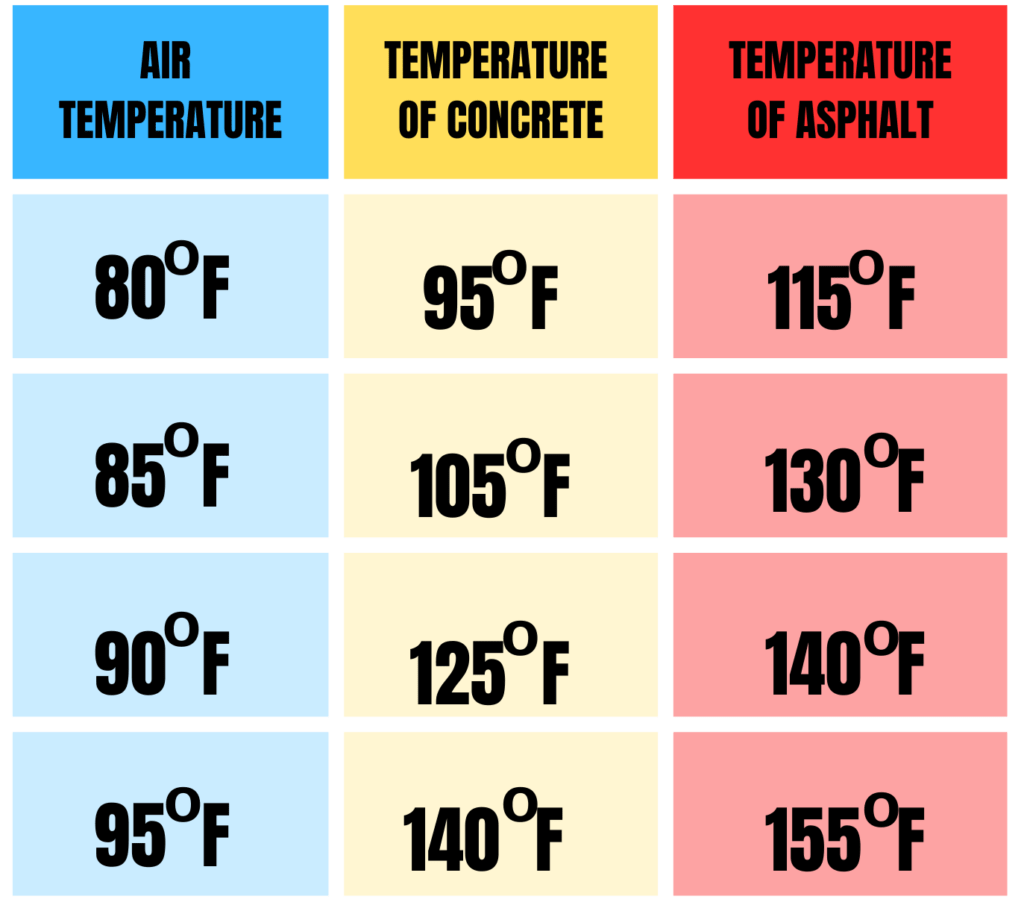
Create Cool Treats and Activities for your Dog
- Play in the sprinkler or hose with your pup.
- Sprinkle your lawn and then set up a scatter feed, treat trail or treasure hunt for your dog.
- Create a variety of ice pop treats. Freeze broth or water in ice cube trays, paper cups or even buckets. Add toys, treats, fruit and veggies. Freeze. Then unmold and let your dog enjoy a cool summer treat.
- Fill a kiddie pool with water. Float treats, fruit or veggies and let your dog bob for treats.
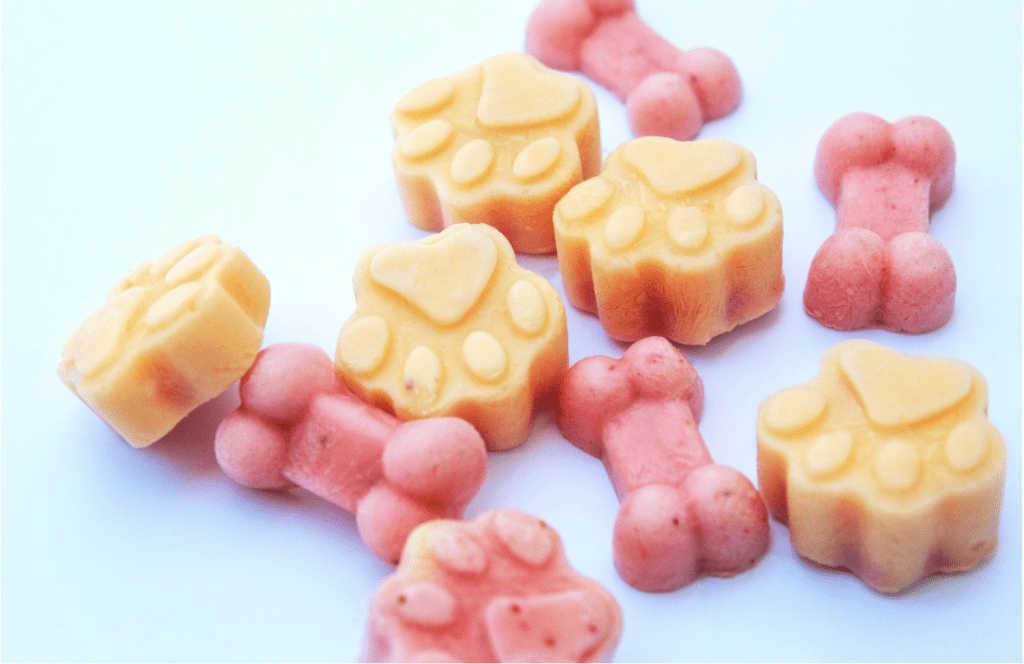
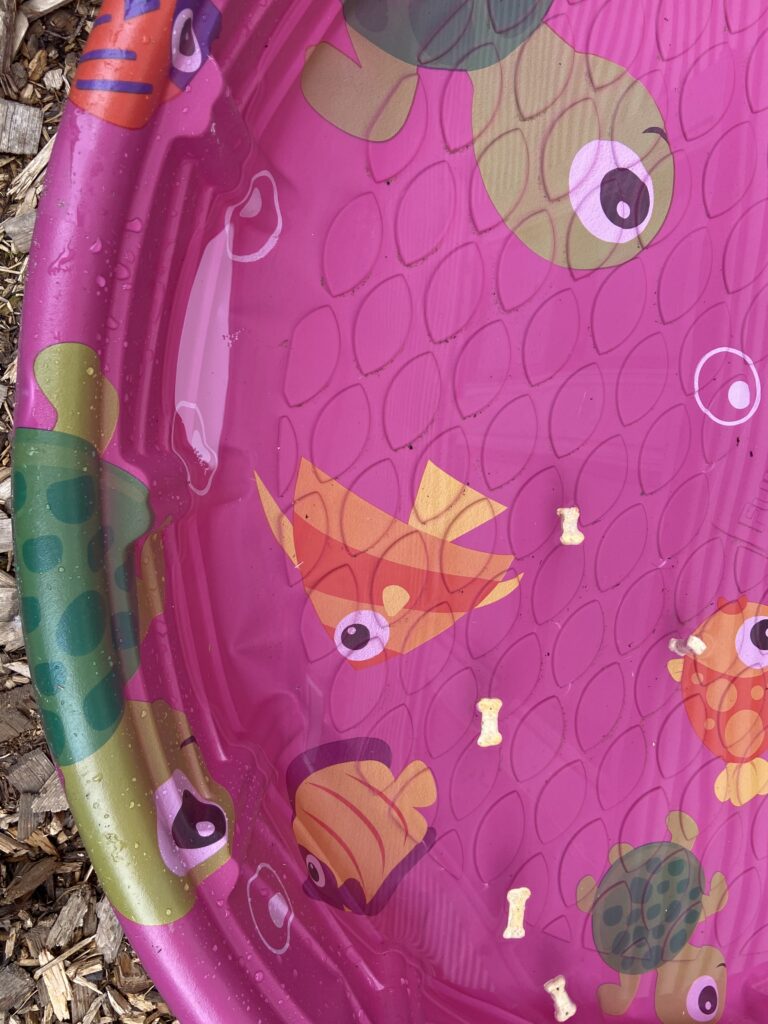
Two-Ingredient Frozen Treats
- 2 cups of fruit (blueberries, strawberries, pumpkin, cantaloupe, watermelon, etc.
- 1 cup plain yogurt
- Blend fruit to create a puree.
- Mix fruit and yogurt together.
- Pour into ice cube trays, silicone ice molds or mini muffin tins.
- Place in freezer for at least 1 hour.
- Store in freezer bags or freezer-safe containers for up to one month.
Heat Stroke
As summer days heat up, the risk of heat stroke increases for both humans AND dogs. Know what to look for so you can help your dog if it happens to you.
Who is at risk?

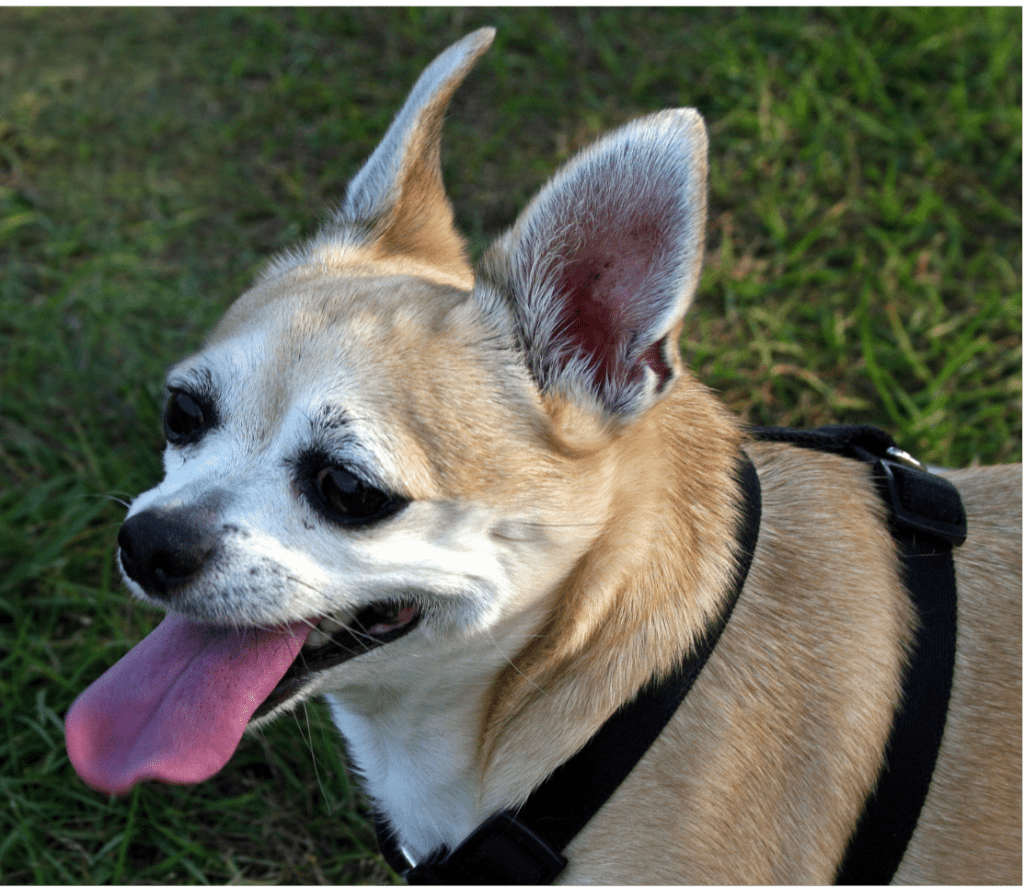
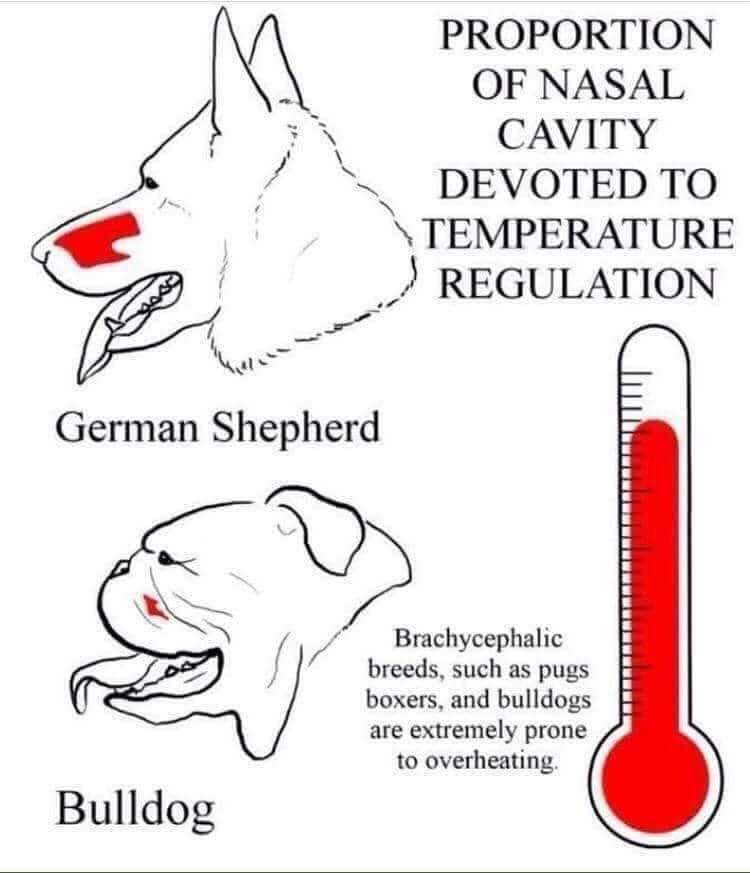
Symptoms of Heat Stroke
Be proactive! By the time symptoms of heat stroke are apparent, it can already be too late.
- Excessive thirst
- Heavy panting
- Difficult breathing
- Excessive drooling
- Lethargy
- Bright red tongue/gums *
- Elevated heart rate
* If shock has set in, gums will be very pale in color.
- Fearful expression
- Confused/disoriented
- Wobbly/unsteady
- Vomiting
- Diarrhea
- Dark urine
- Collapse
- Seizures
First Aid for Dogs in Distress
If you suspect heat stroke, act quickly!
- Move the dog to a cool, shady area.
- Pour cool (NOT cold) water over the dog’s body (not his head). In an emergency, you can immerse the dog’s body in cool water – keeping his head above the surface.
- Do NOT cover the dog with wet towels! This traps the heat.
- Give small amounts of water to drink.
- Once the dog has cooled down, get to a veterinarian as soon as possible.
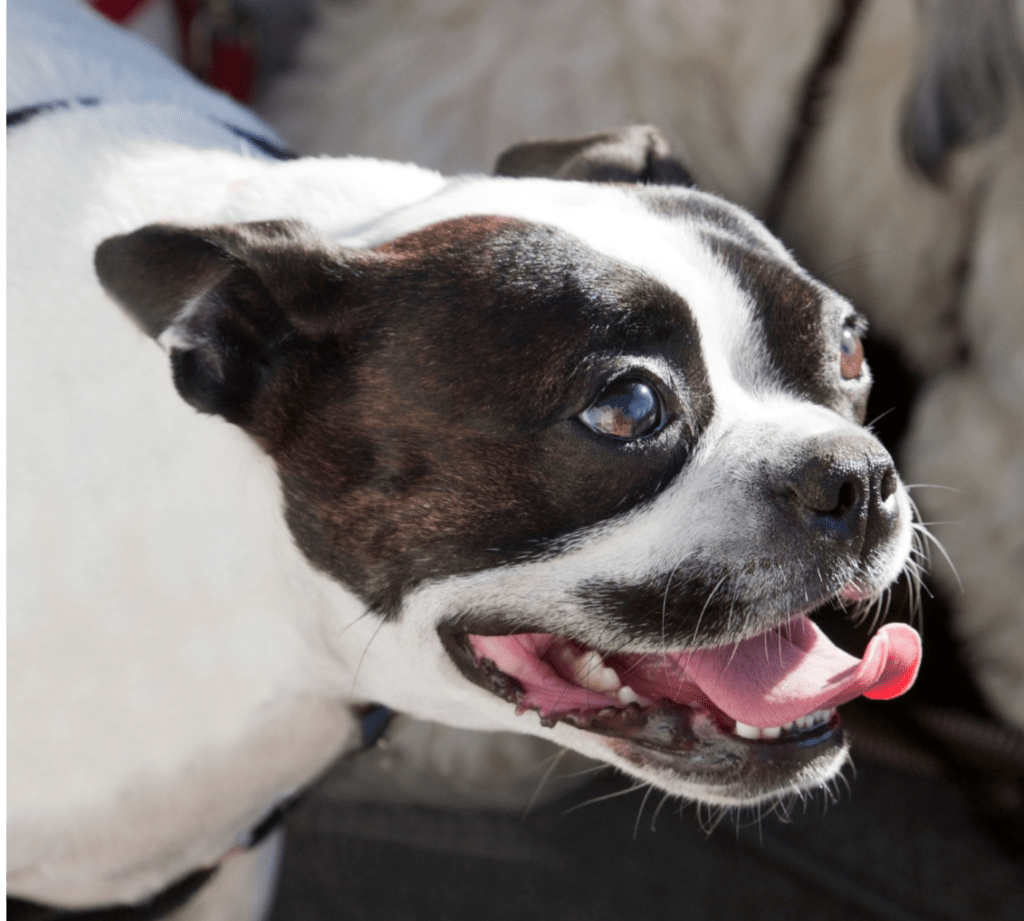
How to Prevent Heat Stroke
DO
- DO schedule walks and outside activities for early morning or late evening.
- DO provide lots of clean, fresh cool water.
- DO provide cool surfaces and lots of shade.
- DO limit time outside when it is hot and/or humid.
- DO avoid sidewalks and asphalt.
- DO restrict rigorous exercise
- DO brush your dog regularly to remove excess hair and mats.
DON’T
- DON’T schedule walks and outside activities for mid-day.
- DON’T spend time in direct sun.
- DON’T leave your dog in a parked car.
- DON’T shave double-coated dogs.
- DON’T rely on a fan alone to keep your dog cool.

Kerrie Hoar, M.S., CDBC, CCPDT-KA, ADT, FFCP
Kerrie hoar has a master’s degree in Biology and is a certified dog behavior consultant, certified professional dog trainer and fear free professional. She owns Crimson Hound LLC dog training in La Crosse, Wisconsin.
